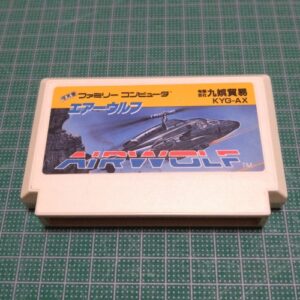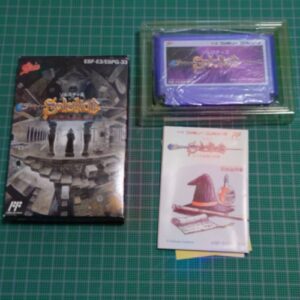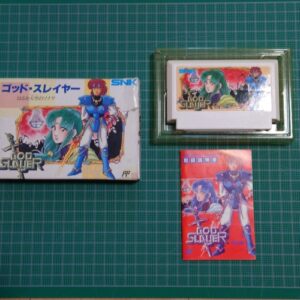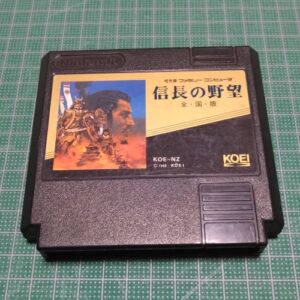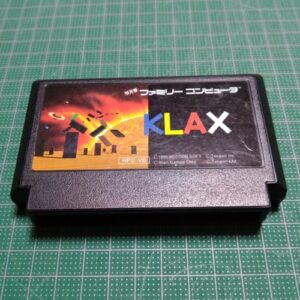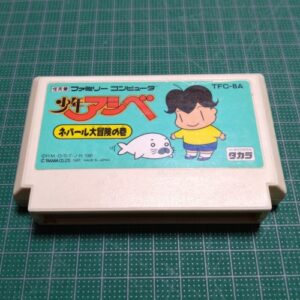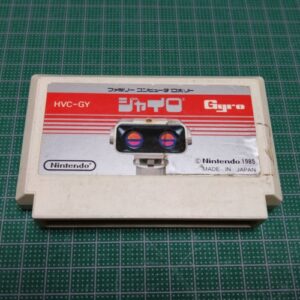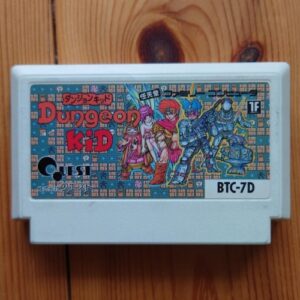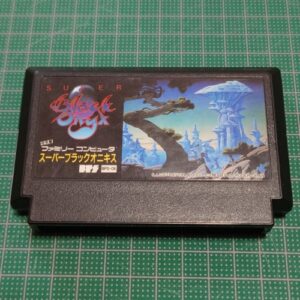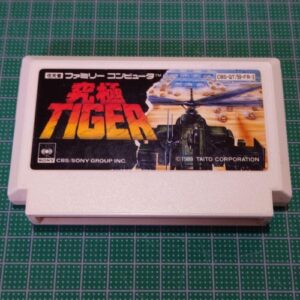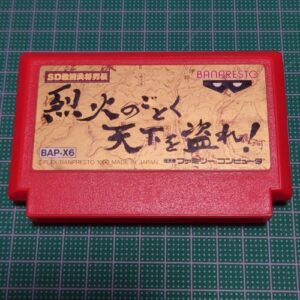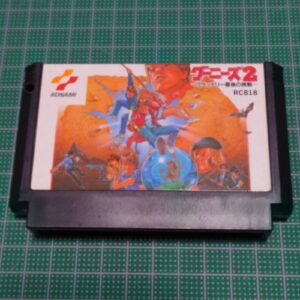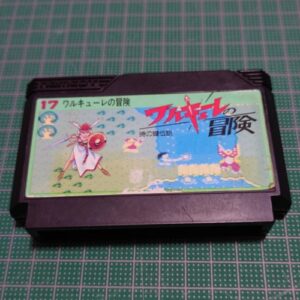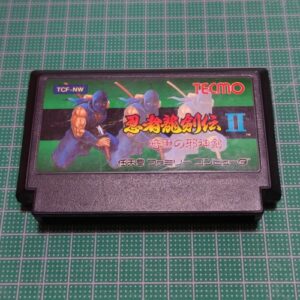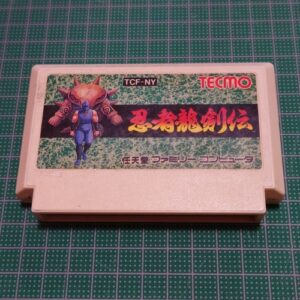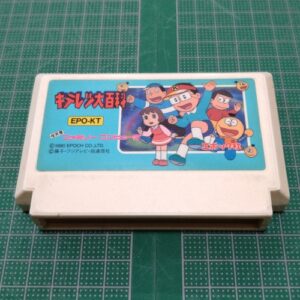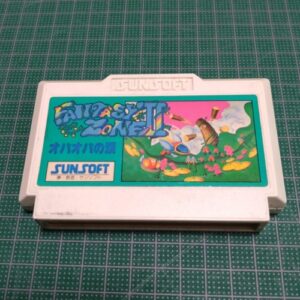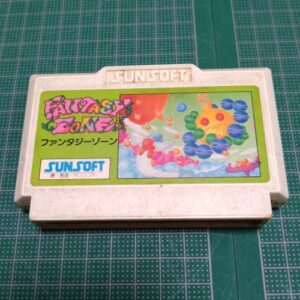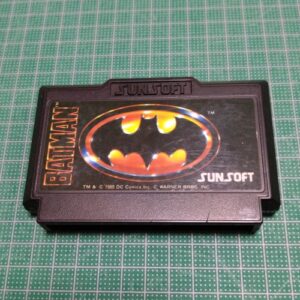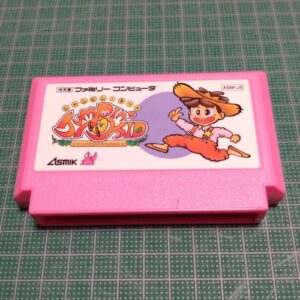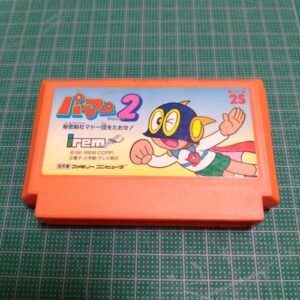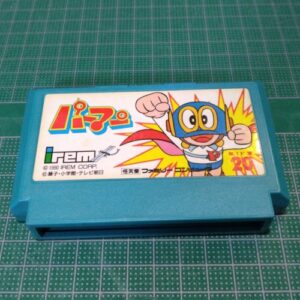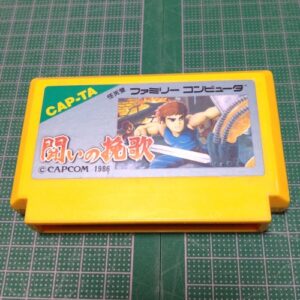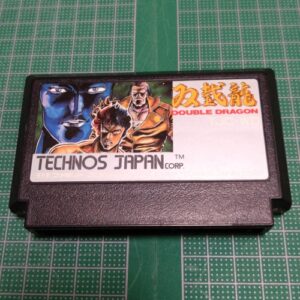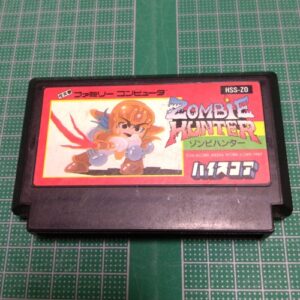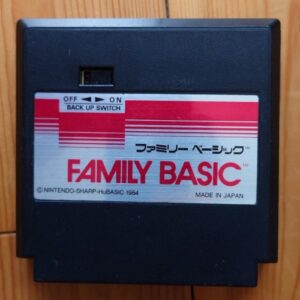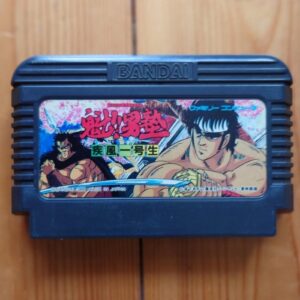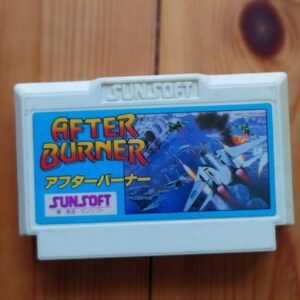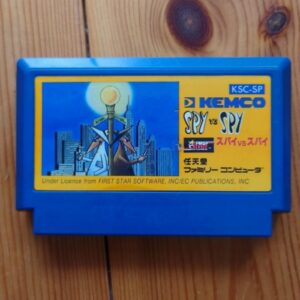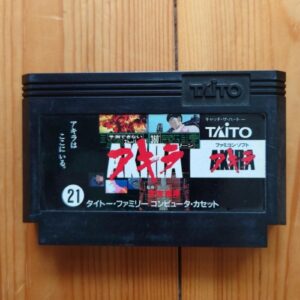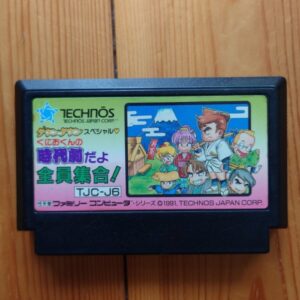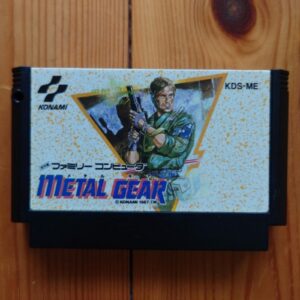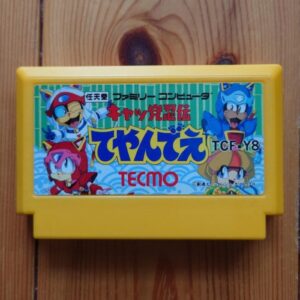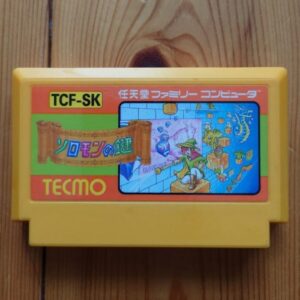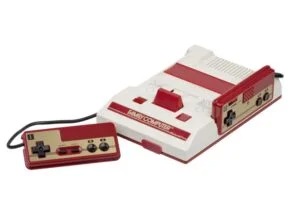

Catalog Spec
| Developer | FAMILY COMPUTER |
| Release date in Japan | 15th July 1983 |
| Media | ROM cartridge / DISK SYSTEM (FDD) |
| CPU | Main CPU: RICOH RP2A03 |
| Difinition | 256 dots * 240 lines |
| RAM | 2K byte(16K bit SRAM) |
| VRAM | 2K byte(16K bit SRAM) |
| Sound | RP2A03 |
| List price in Japan | 14,800 yen |
FAMILY COMPUTER is the videogame console released by NINTENDO in July 1983. Nintendo launched “Games and watch” series for handheld gaming consoles in Japan and overseas, and made a profit of 4 billion yen to succeed in the business. The company invested that profit to develop the next coming game console. The R&D team developed to target the console which could run “Donkey Kong” in the same specification as its arcade videogame version whicn was very famous at that time. As the motto of the sales strategy of NINTENDO, the company made an effort to reduce cost to achieve the low price. For CPU, RICOH’s customized LSI ROCOH 2A03 was chosen. The CPU is the compatible one of American semiconductor company MOS TECHNOLOGY’s “MOS 6502”, which is famous for Apple’s Apple II. Due to its small CPU area space, it succeeded to cut the costs. Accordigly the original CPU specification isn’t so high, but NINTENDO and the third companies could get over the disadvantages to use the additional peripheral circuits for the graphics and sounds needed in gaming. Epecially, it enables to work the early titles including SUPER MARIO BROTHERS in the high frame rate which can match the arcade videogame title in early 80s. And even though many gaming consoles played the sound in only beep and noise sound, FAMILY COMPUTER can play PSG compliant sound and PCM sound, which make the game sound impressive and rich. The console recorded the highest number of shipments among the videogame consoles which were released at the same time. In addition, it has become widely recognized in Japanese society as a synonym for videogames, and has become a social phenomenon that had impacts on other industries such as publishing and music. It recorded sales of 19.35 million units in Japan, 34 million units in the United States, and 61.91 million units worldwide. This console was released as NES (Nintendo Entertainment System) with the same main specifications in the United States, Canada, EC member countries of Europe, Australia, and Korea. By 1990 when the next generation console SUPER FAMICOM (globally known as SNS), NINTENDO and the third parties continued to release the memorable greast masterpieces, NINTENDO kept the leading company in the videogame industry.
Showing all 44 resultsSorted by latest
-
FAMILY COMPUTER
[FC] SD Sengoku Busho Retsuden(SD戦国武将列伝 烈火のごとく天下を盗れ!)
$39.75 + shipping fee Add to cart -
FAMILY COMPUTER
[FC] Kunio-Kun no Jidaigeki Dayo Zen-in Shugo!(くにおくんの時代劇だよ全員集合!)
$64.25 + shipping fee Add to cart


